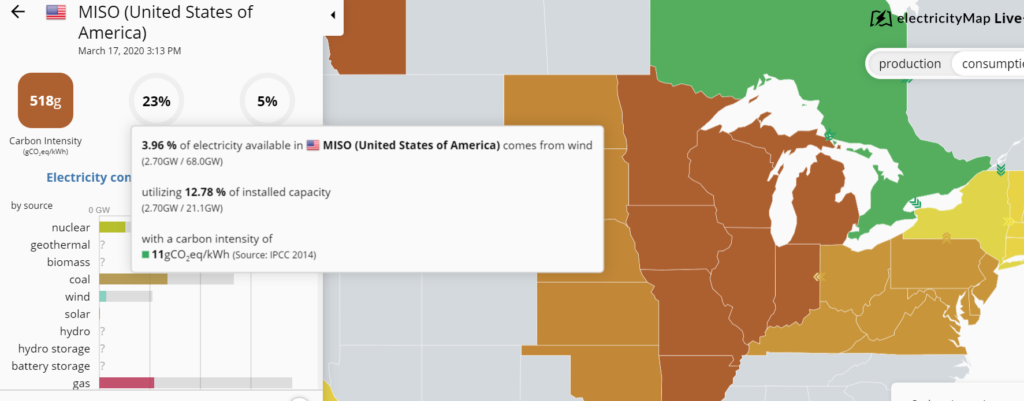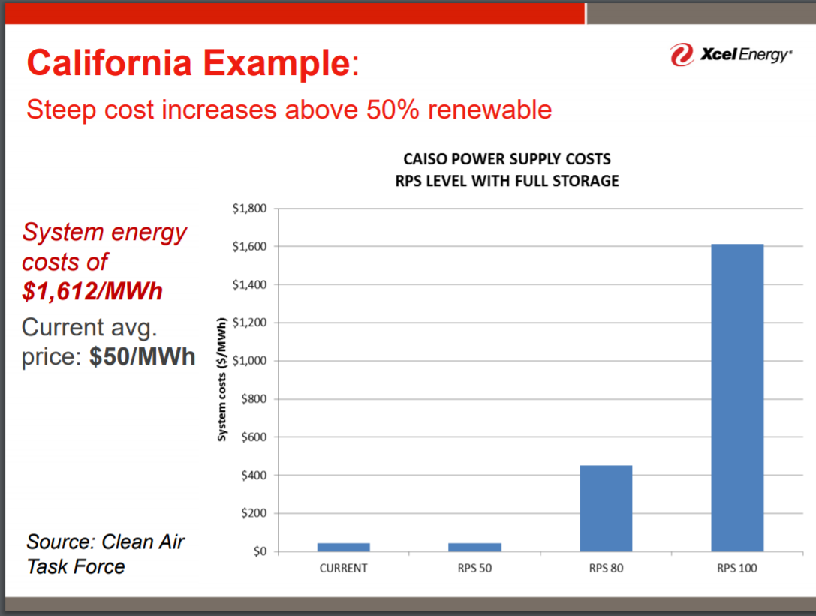Darling, is the Wind Blowing? I’d Like to Go to the Hospital For COVID-19
Last year, President Trump mocked the unreliability of wind power at the Conservative Political Action Conference stating, “Darling, is the wind blowing today? I’d like to watch television.” While the President’s jabs were directed at watching television, the unreliable nature of wind and solar power makes them ill-suited to providing reliable, affordable electricity for our nation’s hospitals when they need it most.
For example, earlier this week, the wind wasn’t blowing very well. In fact, data from the regional grid operator show wind was producing just 12.87 percent of its potential, meaning coal, nuclear, and natural gas power plants were needed to ensure that our homes and hospitals had the electricity needed to keep us safe from COVID-19.

Hospitals use enormous quantities of energy. In fact, according to a 2019 study in the journal Energies, healthcare facilities account for 4.8 percent of the total area of commercial buildings in the United States and are responsible for 10.3 percent of the total energy consumption in this sector.
This makes sense, hospitals are open 24 hours per day, the must be heated, and many of the life-saving devices they use every minute require electricity. The fact that hospitals require massive amounts of reliable, around-the-clock power presents real challenges for advocates of a grid powered by 100 percent wind, solar, and battery storage, because such a system would be exponentially more expensive than today’s grid.
In fact, a slideshow by Xcel Energy shows that electricity costs would be approximately 16 times higher than they are in Minnesota, today, if we were to use only wind, solar and batteries for our electricity use. This would exponentially increase the cost of healthcare in the United States.

By one estimate, a typical 200,000-square-foot 50-bed hospital in the U.S. annually spends $680,000—or roughly $13,611 per bed—on electricity and natural gas. The Energies report estimates that approximately 51 percent of energy costs at hospitals stem from electricity consumption, so we can roughly estimate that the average U.S. hospital spend about $340,000 on electricity per year.
Relying on wind, solar and batteries would multiply that cost by 16 times, making the electricity cost $5.4 million per year, around $108,000 per hospital bed. At this rate, the cost of paying the electric bill for each hospital bed would be nearly $300 per day, instead of $18 per day, which is what it costs at today’s prices. Needless to say, such a grid would make healthcare far too expensive for the average person to afford.
With all the talk of flattening the curve to keep the U.S. healthcare system from being overwhelmed, the last thing we should be thinking about is mandating an electric grid that simply can’t keep the lights on.